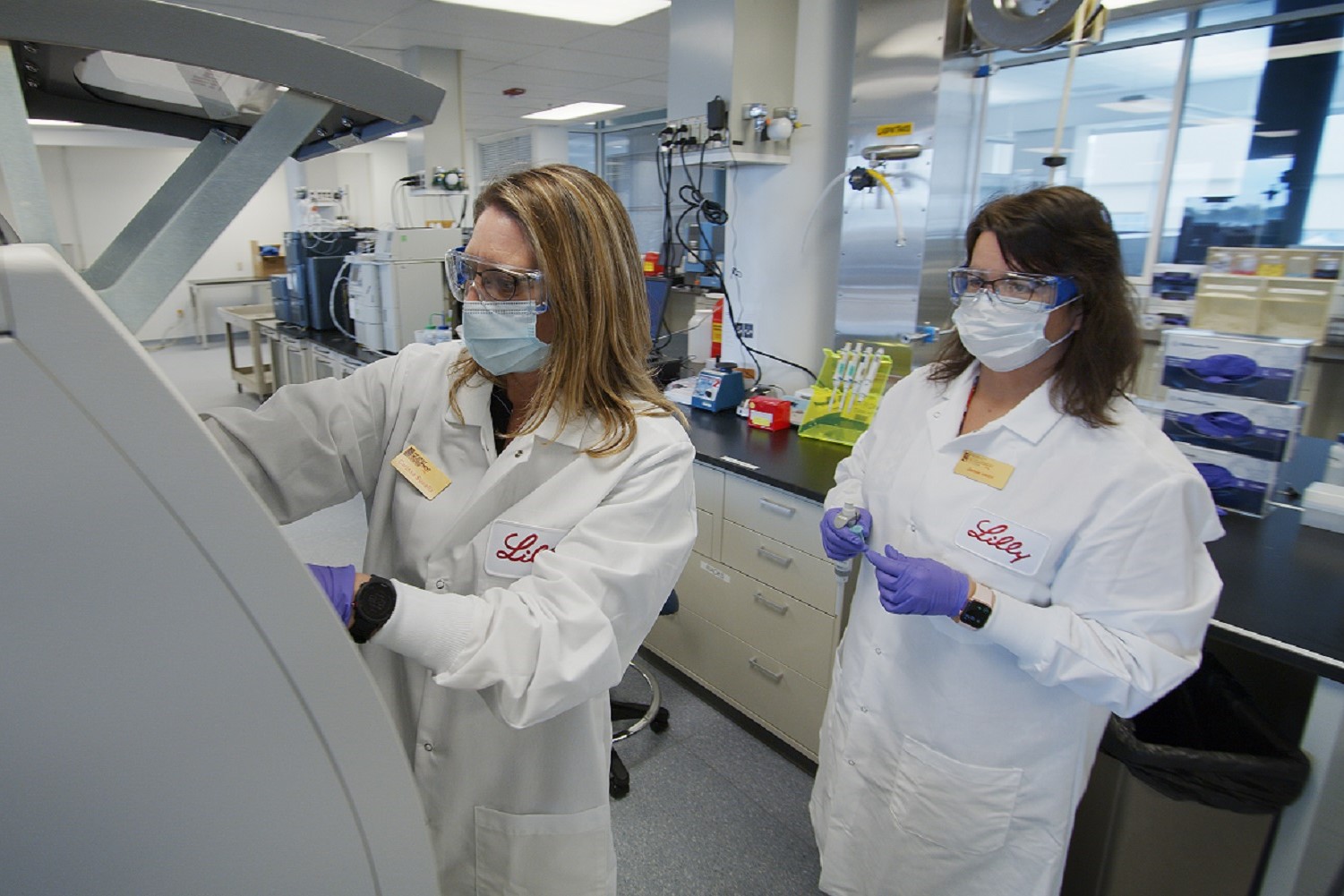Anyone been following the Value-driven Engineering movement (VdE)? In response to President Obama’s “Winning the Future” initiative, the Austin BioInnovation Institute in Akron(ABIA,) has launched a national effort in VdE.
According to ABIA’s website, “VdE Incorporates product design with targeted content,” which ABIA suggests will safeguard the U.S.’s leadership position in medical device innovation and improve our global competitiveness. According to the self-proclaimed leader of the VdE movement, “VdE is similar in concept to ‘frugal engineering’ — an innovative way of approaching product design to provide the essential functions people need at a price they can afford without compromising quality.”
The ABIA has been actively publicizing their Akron-based collaboration between industry and local medical institutions for the last few years and at first glance I wasn’t sure whether VdE was a tangible initiative or a fuzzy cause that brings ABIA notoriety (it’s tough to compete with that clinic down the road in Cleveland).

With the Rise of AI, What IP Disputes in Healthcare Are Likely to Emerge?
Munck Wilson Mandala Partner Greg Howison shared his perspective on some of the legal ramifications around AI, IP, connected devices and the data they generate, in response to emailed questions.
But, ABIA has corralled an impressive group of supporters into a steering committee for VdE, including professors and administrators from Johns Hopkins, Stanford, Harvard-MIT, Medtronic, etc. The ABIA has gotten these prestigious followers to sign-off on a white paper detailing their proposal for VdE.
The document, however, reads like something I would expect from a government agency; the mission for a new department of VdE analogous to Homeland Security, but aimed at medical devices. The white paper is packed with a broad array of recommendations and initiatives, some of which make great sense, but the VdE principles are not very inspiring or novel:
- Quality
- Clinical utility driven by patient-centricity
- Reduced complexity
- Cost savings and efficiency
One of the main distinctions that ABIA highlights about VdE in the white paper is VdE’s emphasis not only on clinical outcomes but the need to understand key user requirements in framing a clinical utility. Maybe I just don’t get the nuance, but any medical device development team worth its salt will create Design Inputs that are based on all the various user-requirements. This is FDA Design Control 101.
In general, the VdE white paper seems to disproportionately apply to academic researchers as opposed to start-up medical device companies that have had the most success in driving new products into the clinic. Our focused intent on the Healing Innovation website is to promote clinician collaboration with the medical device industry to meet medical challenges. Medical devices, however, are often non-sophisticated solutions to everyday problems and are less-often the result of academic research projects, and more the outshoot of clinical experiences.
Academic research has demonstrated proficiency in unlocking scientific questions and developing underlying technologies. Practical commercial products have not typically been the forte of academics. Perhaps, ABIA would argue that a goal of VdE is to change that culture. I am personally more interested in tapping clinical users and teaming them up with technical resources in industry. I like the concept of academic institutions having a longer view and investigating science and technology that fills the void left by industry’s impatience.
The ABIA should be lauded for promoting better Needs-based practices and teaching basic design principles to engineers during university education. I fear, however, that ABIA is overselling VdE as the answer to the ills of U.S. medical device innovation. I cannot imagine any veteran of the medical device industry reading the VdE white paper and walking away saying “yes, this is the roadmap for bringing back U.S. domination in the medtech industry.”
More significantly, established medical device companies are losing their capacity to develop novel concepts and have become business development, marketing and distribution companies. Start-up companies have filled the innovation void in the past, but are being squeezed by current economic realities. If we challenge academic research groups to focus on “frugal engineering,” I believe we are sacrificing the foundation for long-term innovation that these institutions have consistently provided.
Ultimately, I am reluctant to accept the ABIA’s philosophy that thinking big is too expensive (“less complexity”) and academics can no longer afford to dream of break-through medical device discoveries and solutions. I believe that medical device academic research should do more than solely find low hanging fruit and execute better.
Healing Innovation is a resource for clinician innovators. The main site - HealingInnovation.com - provides an overview of the various aspects and issues facing clinician innovators.














